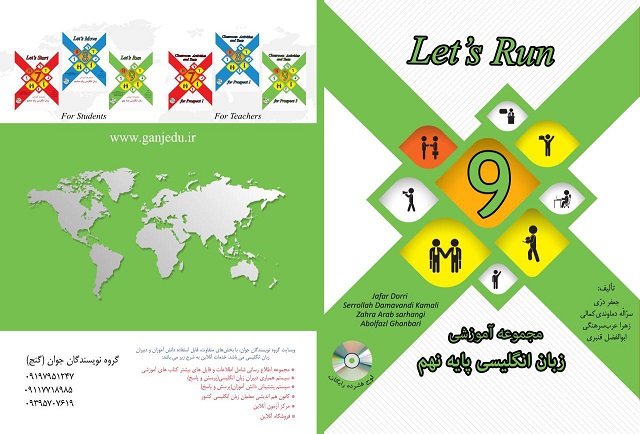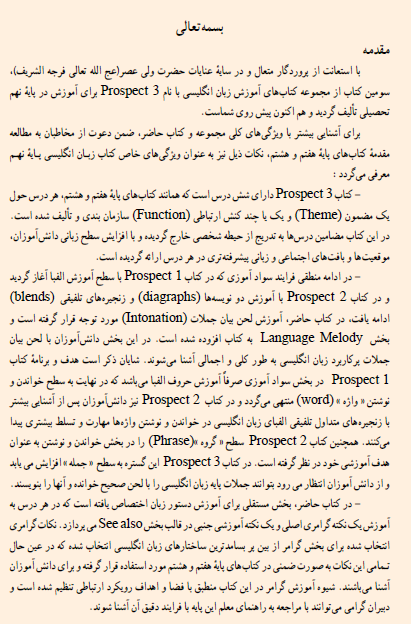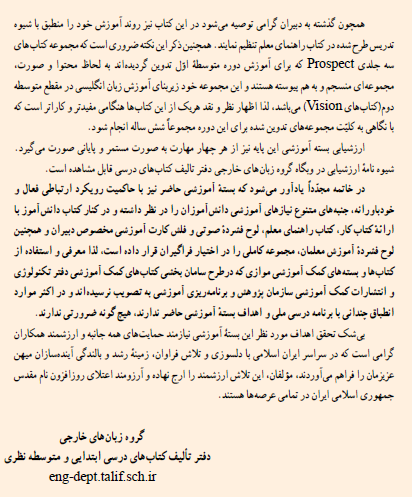Mention
the word “grammar” and students will cringe. In fact, most teachers will
cringe, too.
Of course, teachers know correct
grammar rules, but it's one thing to know them, and another thing to
effectively teach them, and transmit them so that students not only understand
the rules, but also apply them correctly.
In my experience, grammar shouldn’t
be taught “by the book”. At least not in teaching English as a second
language. That’s not what students are there for. They don't want to know all
of these rules; they’re not interested in them. They want to learn English.
They want to speak, read, and write in English. So, how do we as ESL teachers
teach them essential grammar and give them what we need, rather than boring
them to death with “the rules”. It’s actually quite simple: by teaching grammar in context. And in fun ways.
Let’s move on to some examples, and
you'll see what I mean.
1-How to teach the ever-elusive past perfect tense
Yes, it’s hard to find an ESL
student who spontaneously uses the past perfect tense. In fact, there are some “native” English speakers who
don’t use it either (along with other forms of “correct” English). But it must
be taught, never overlooked, or your students will be lacking something that
they need to take their English fluency to the next level. So, how can we teach
the past perfect tense so that it may be fully grasped by our students? Here
are the steps:
- Go to OurTimeLines.com where you may generate your personalized timeline and
see when major historical events took place throughout your life. For
example, if you were born in 1971, you’ll see that the Internet was
invented when you were 2.
- Show students your timeline (or anyone else’s) and set
up the past perfect like this: “Sam, the Vietnam War ended in 1975. I
was born in 1971. You were born in 1995. So, when you were born, the
Vietnam War had ended 20 years earlier. When I was born it hadn’t ended
yet.”
- Give as many examples as you like, go over briefly how
the past perfect tense is formed (had plus past participle) and make sure
they understand you’re talking about two events that took place in the
past, but one before the other; then, have students come up with examples
of their own using the timeline.
- Once they are comfortable using the past perfect in
affirmative sentences, move on to examples with questions; then have them
ask each other questions: “Laura, when you started primary school, had
terrorists attacked the World Trade Center?”
Save the timeline because it will
come in handy to practice the past perfect in passive voice. Naturally, timelines are great for many tenses, like the simple past or the passive voice.
2-Action!
Nothing shakes them up better than
getting them out of their seats. When you see your students daydreaming, not
paying attention, or simply bored, tell them to get up and form a circle. Now,
this simple exercise works great to teach numerous grammar points, but here’s
an example:
Say you want your students to
practice the simple past of regular or irregular verbs. Grab a small ball or
bean bag and say a verb out loud; toss the ball to a student who will have to say
its past form. He or she tosses the ball back to you and you choose another
student. Whenever a student makes a mistake, he or she has to leave the circle.
The last student left standing gets a reward sticker or other prize. You can
say a sentence in affirmative, and they have to supply a question, or vice
versa; this activity can be adapted to any grammar point.
3-Celebrity Profiles
An awesome way to teach and practice
any verb tense is through biographies. Try this activity to contrast the simple past and present perfect tenses. Find out which celebrities or sports stars your
students admire. Then find a short biography or write one yourself summarizing
a celebrity's main achievements. Read the bio with your students and make sure
they understand the differences. Point out examples that clearly illustrate
this: “He starred in his first hit film in 1985. But he has
worked in 20 hit films throughout his career.”
4-Celebrity Photos
Another way in which you can use
your students’ interest in certain celebrities. Cut out celebrity pics from entertainment magazines (in fact, I recommend
stocking up on a big pile of photos to use in a variety of activities). Use
these pictures to teach comparatives and
superlatives: “Katie Holmes is taller than
Tom Cruise.”; “Shakira is more talented than Ricky Martin.”; and it
works great with comparative adverbs: “Shakira dances better than Ricky,
too.”
5-A or an?
This activity works great with
beginners, including small children. Cut up a list of several words that either
take “a” or “an” and mix them up. For very young learners, you may use pictures instead of words. Then divide students into pairs of
groups, and have them put the words in two piles, depending on the article.
Once they have their piles ready, ask them if they can figure out the rule by
themselves.
By far the best ways to teach any
type of grammar is through the use of either realia
or real life settings and contexts. Why would a student be motivated to learn
the conditional tenses if he has no idea why he’s learning them, in other
words, he doesn't understand when and where he'll have use for them? When
teachers use real life settings and objects students will know the grammar
structures they learn will be useful for them.
So, take the cringing out of grammar lessons, and put some fun into them.
You’ll see that your students learn much faster, too.
منبع:
دبیرخانه گروه زبان انگلیسی متوسطه اول شهرستانهای تهران







.jpg)

